Trekking through Lower Dolpo provides an enthralling expedition across the secluded and pristine terrains of the Dolpo region in western Nepal. This trek is a mesmerizing blend of pristine natural beauty, unique culture, and challenging terrain, making it a perfect adventure for those seeking a less-traveled path. The journey kicks off with a picturesque flight to Nepalgunj followed by Juphal, serving as the entry point to the Lower Dolpo region.
The trail winds through picturesque villages, dense forests, and high mountain passes, providing trekkers with breathtaking views of the surrounding Himalayan peaks. One of the highlights of the Lower Dolpo Trek is the chance to explore the Shey Phoksundo National Park, home to the crystal clear Phoksundo Lake. The deep blue hues of the lake, surrounded by rugged cliffs and snow-capped peaks, create a surreal and enchanting atmosphere.
Throughout the journey, trekkers have the opportunity to immerse themselves in the rich cultural heritage of the Dolpo people. The region is inhabited by communities that follow Tibetan Buddhism, and their monasteries, chortens, and prayer flags dot the landscape, adding a spiritual dimension to the tree. Interactions with the friendly locals provide insights into their traditional way of life, and the ancient Bonpo culture adds a layer of mystique to the trekking experience.
Lower Dolpo Trekking is not for the faint-hearted, as the trail involves crossing high mountain passes, navigating steep ascents and descents, and traversing challenging terrain. However, the rewards are immense from the serene beauty of Phoksundo Lake to the cultural richness of the Dolpo region, every step on this trek is a feast for the senses.
The trek concludes with a return journey to Juphal, where trekkers can reflect on their extraordinary adventure and marvel at the memories of Lower Dolpo’s unparalleled landscapes. This off-the-beaten-path trek is a perfect choice for those seeking a unique and adventurous experience, away from the crowds, and an opportunity to witness the raw and unspoiled beauty of Nepal’s western Himalayas.
Lower Dolpo Trekking Highlights
1. Lower Dolpo Trek unveils Nepal’s remote beauty, blending untouched landscapes with traditional Dolpo culture.
2. Nepal’s deepest lake, Phoksundo, surrounded by snow-capped, offers captivating and pristine trekking highlights.
3. Explore spiritual sites like Shey Gompa, combining centuries-old traditions with breathtaking architecture.
4. Conquer challenging passes like Kang La, boasting panoramic views of Himalayan peaks.
5. Encounter unique flora and fauna, from blue sheep to Himalayan tahr, perfect for nature enthusiasts.
6. Visit villages like Dho Tarap for a glimpse into ancient Tibetan culture and warm local hospitality.
7. Trek through Shey Phoksundo National Park, preserving the region’s diverse ecosystems.
8. Engage with Dolpo’s people, maintaining centuries-old traditions, and enhancing the cultural experience.
9. Navigate varied landscapes, from barren hills to high mountain deserts, setting it apart from other trekking regions.
10. Limited permits ensure an exclusive and pristine trek, adding allure to this adventurous journey.
Best time for Lower Dolpo Trek
The best time to trek the Lower Dolpo is during the spring and autumn seasons in Nepal. These periods offer the most favorable weather conditions, clear skies, and optimal temperatures for trekking.
Spring Season (March to May)
Spring is one of the most popular times to trek in the Far Western Region, which includes the Lower Dolpo During this season:
- Weather Conditions: The weather is generally mild and pleasant, with daytime temperatures ranging from 10°C to 20°C at lower elevations, while higher elevations are cooler.
- Clear Views: The skies are typically clear, providing stunning views of the surrounding mountains, including Dhaulagiri I, Kanjiroba, Churen Himal, and Puth Hiunchuli.
- Flora: The rhododendron and pine forests are in full bloom, creating a vibrant landscape with colorful flowers and lush greenery.
- Crowds: Though this is a popular trekking season, the Lower Dolpo Trek trails remain less crowded than other treks in the Far Western Region.
Autumn Season (September to November)
Autumn is another ideal time to trek the Lower Dolpo this season:
- Weather Conditions: The weather is stable with clear skies, low humidity, and pleasant temperatures, similar to spring. Daytime temperatures range from 10°C to 20°C at lower elevations, while it is cooler at higher altitudes.
- Clear Views: Autumn is known for its crisp air, providing excellent visibility of the surrounding peaks and landscapes.
- Festivals: This season aligns with major Nepali festivals like Dashain and Tihar, offering cultural insights and opportunities to experience local traditions.
- Crowds: Though autumn is the peak trekking season in Nepal, the Lower Dolpo Trek trails are less crowded compared to other treks.
Off-Season Considerations
While spring and autumn are the best time for the Lower Dolpo Trek, some trekkers prefer off-season trekking for a unique experience. However, these periods come with challenges:
- Winter Season (December to February): Trekking in winter offers solitude and stunning snowy landscapes, but temperatures can drop significantly, especially at higher elevations. Trails might be icy, and some teahouses could be closed.
- Monsoon Season (June to August): The monsoon brings heavy rain, making trails slippery and increasing the risk of landslides and leeches. The clouds and rain can also obstruct mountain views.
Overall, spring and autumn offer the best combination of weather, views, and cultural experiences, making them the ideal times to trek the Lower Dolpo. If you’re planning a trip during the off-season, be prepared for additional challenges and always check weather forecasts and trail conditions in advance.
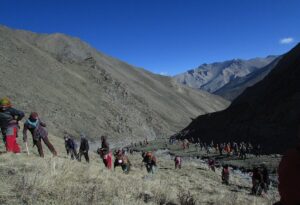 Trekking
Trekking
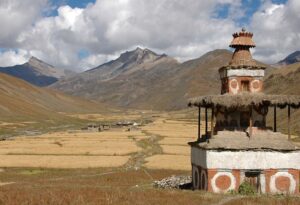 Trekking
Trekking
 Trekking
Trekking
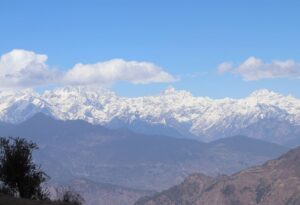 Trekking
Trekking
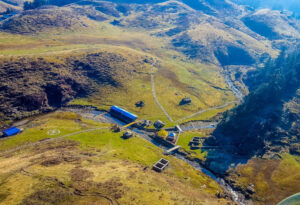 Trekking
Trekking
 Trekking
Trekking
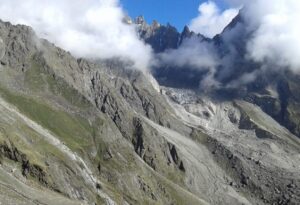 Trekking
Trekking
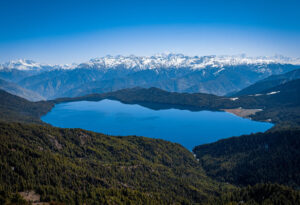 Trekking
Trekking
